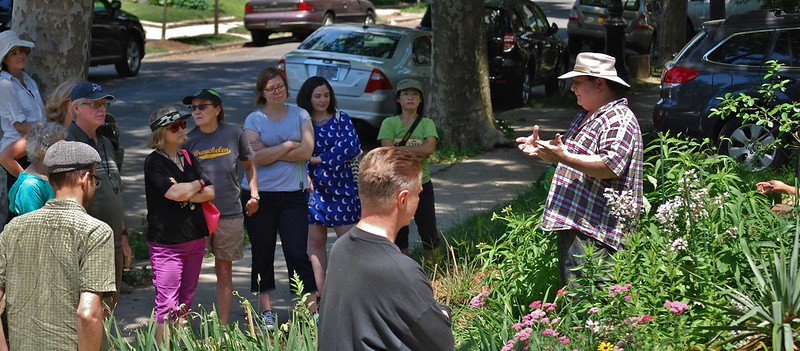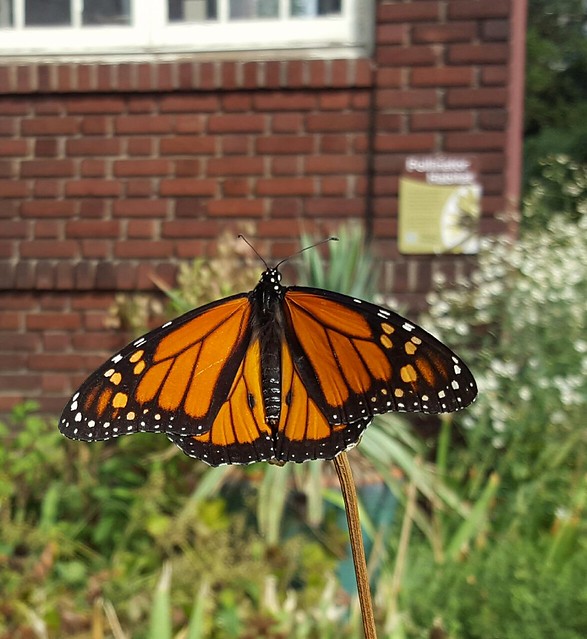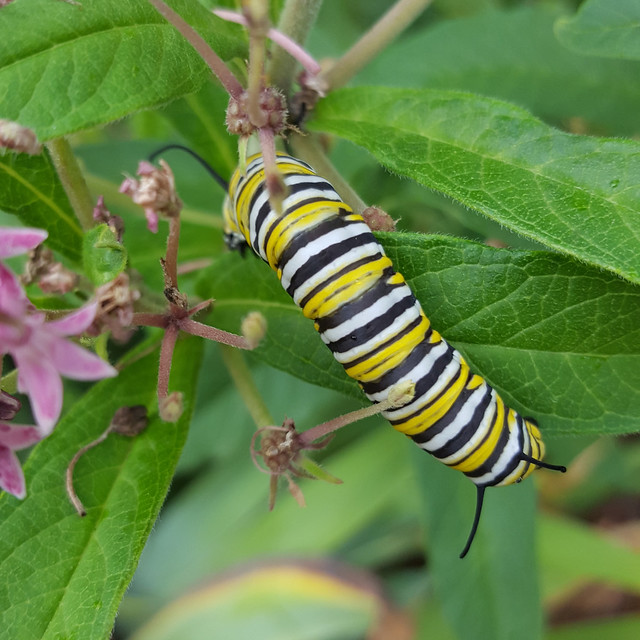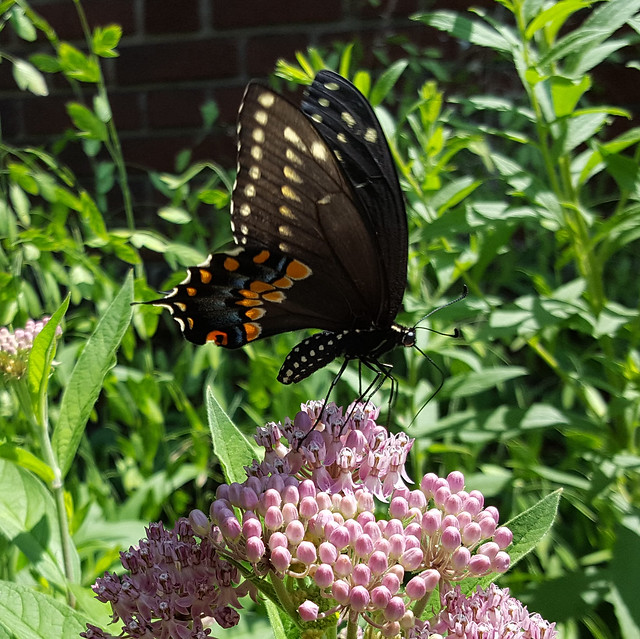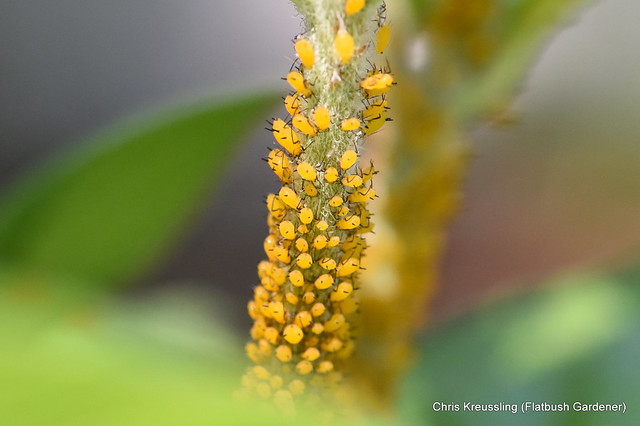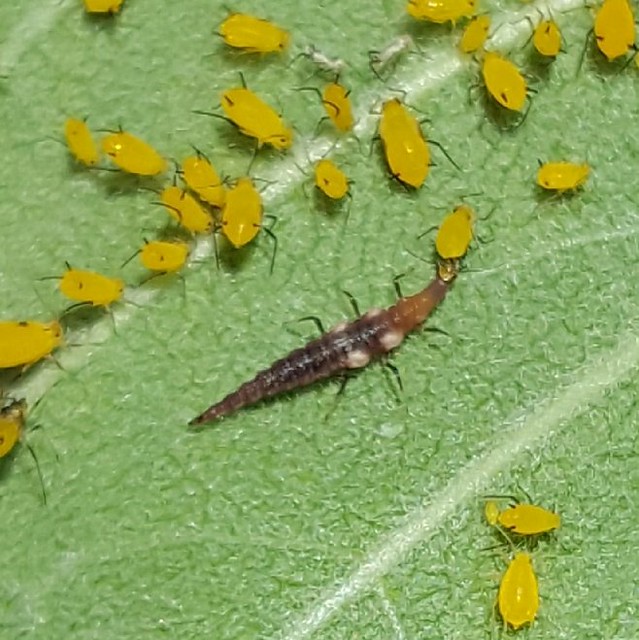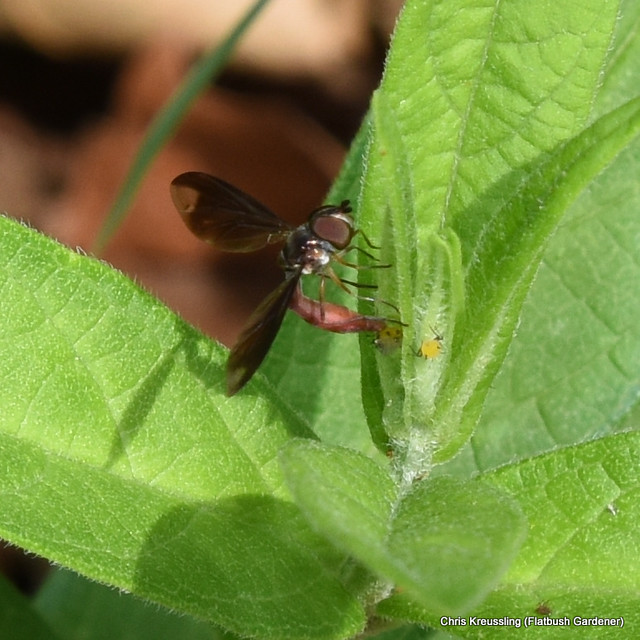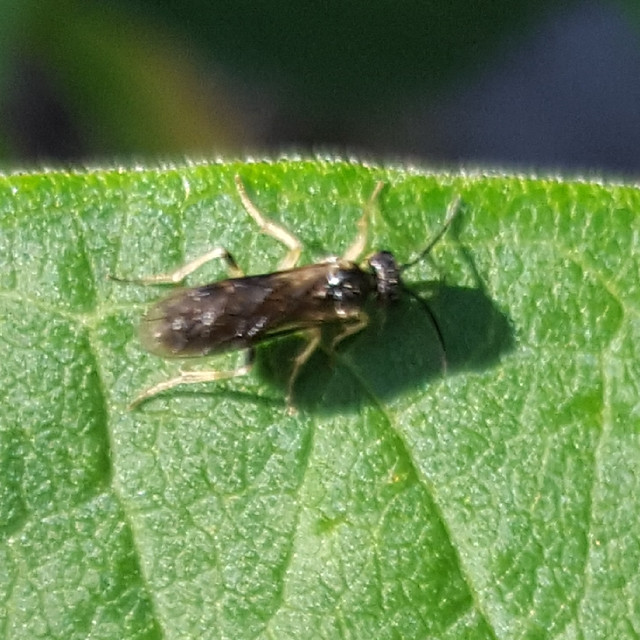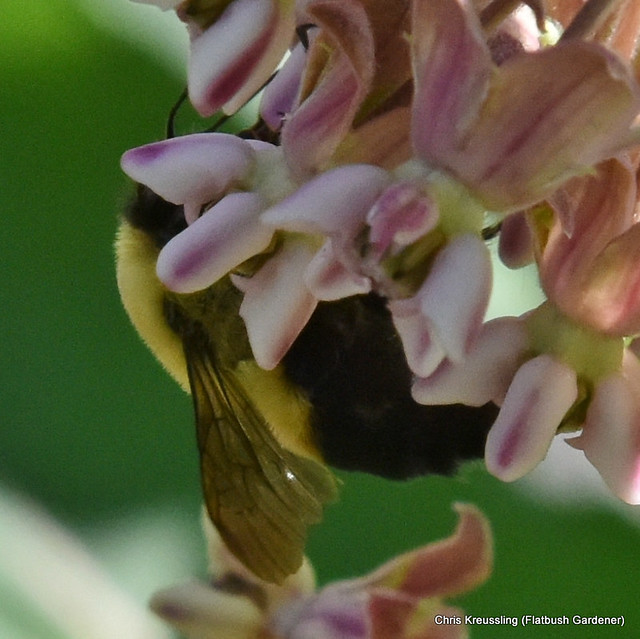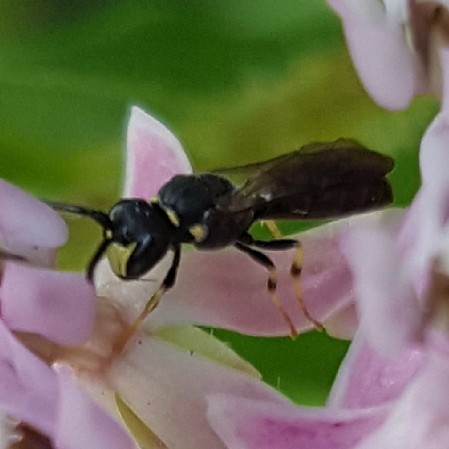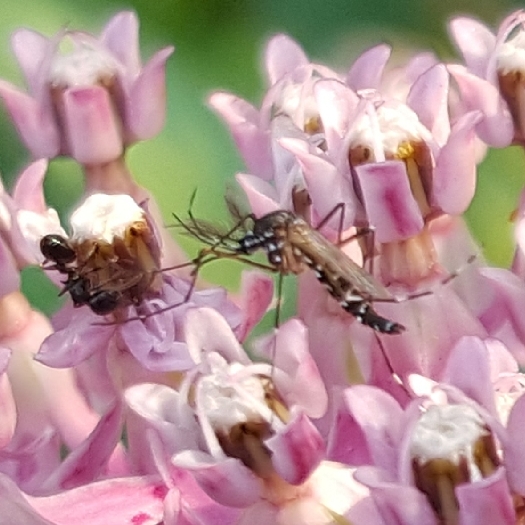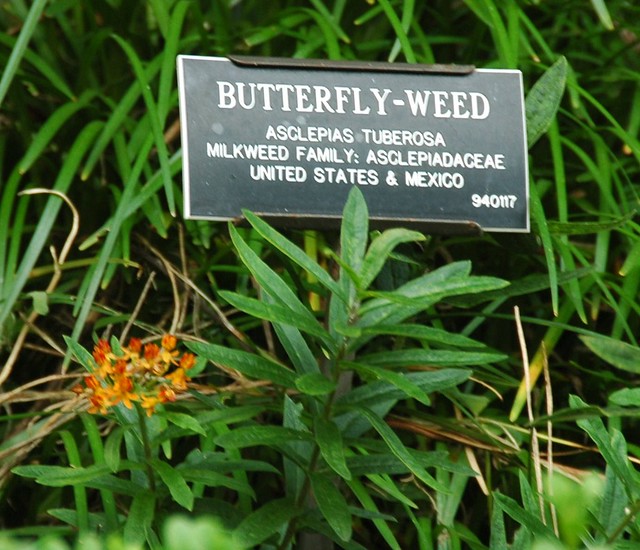A friend just asked me for my spice cookie recipe. I was surprised to find my current recipe wasn’t already up on the blog – the last time was in 2008! So, here it is …
King Arthur Flour provides weight equivalents for the volume measures in many of their recipes. I use a kitchen scale and weigh bulk ingredients like sugar and flour whenever possible. It’s much faster, more accurate, and leads to more consistent results. It also reduces cleanup, since fewer measuring cups are involved! This is especially convenient for liquid or sticky ingredients like the molasses in this recipe.
I used whole wheat flour instead of all-purpose, sifting it and leaving out the coarsest remaining bran to give it a finer texture. Since I had “robust” molasses, and I was using whole wheat flour, I increased the total amount of spices. I also added vanilla, allspice, and of course cardamom, none of which were in the original recipe. This created a complex taste, where none of the flavors overwhelm, but I think I would miss any I left out.
Ingredients
• 2 sticks (1 cup, 8 ounces) unsalted butter
• 7 ounces (1 cup) sugar
• 6-1/4 ounces (a little more than 1/2 cup) molasses, robust flavor. (6 ounces would have been 1/2 cup.; the extra 1/4 ounce was a mistake on my part, but I recorded it as what I did.)
• 2-1/4 teaspoons baking soda
• 1 teaspoon salt
• 1 teaspoon cinnamon
• 1 teaspoon cloves
• 1 teaspoon ginger
• 1 teaspoon allspice
• 1 teaspoon cardamom
• 2 teaspoons vanilla extract
• 2 extra large eggs (original called for large)
• 14 ounces whole wheat flour (not sure of the volume equivalent)
• sugar, for coating (This gives the outside of the cookies some crunch. The recipe calls for coarse or even pearl sugar, for more crunch. I’d use them instead if I had them.)
Preparation
1. Let the butter come to room temperature, if possible, for easier creaming.
2. Preheat the oven to 350F. (Be sure you have an accurate oven thermometer! I had a devil of a time baking in our horrible kitchen until I bought a thermometer and discovered that the oven dial was off by 100F!)
3. Prepare a small bowl with some of the sugar for coating the cookies.
Mixing
1. Cream together the butter and sugar until they’re light and fluffy.
2. Beat in the molasses, salt, and spices. (Here’s where you can taste-test to adjust if needed. I added the spices at 1/4 or 1/2 teaspoon at a time to make sure I didn’t over do it. I ended up with 1 teaspoon of each, as listed above.)
3. Beat in the baking soda.
4. Add the eggs one at a time, beating until they’re mixed well into the batter. Scrape down the sides of the bowl and the beaters and mix well.
5. Slowly stir in the flour. (Stirring the flour in at low speeds keeps the cookies tender. Beating the flour in at higher speeds makes the cookies tougher.) Scrape down the sides of the bowl and the beaters and mix well.
6. This is a fairly soft, wet dough. Refrigerate the dough for a few hours, or even overnight, to set up before baking.
Baking
The recipe calls for greasing baking sheets or lining them with parchment.
1. Using a tablespoon cookie/ice-cream scoop, create a small ball of the dough. (A scoop is the fastest, easiest way to get a consistently sized, professional looking, batch of cookies. You could also just use two tablespoons.)
2. Drop the dough ball onto the coating sugar. Coat thoroughly.
3. Place the coated dough ball on the baking pan. Space them evenly, and leave plenty of space for them to spread. (The recipe says leave 2-1/2″ between them, which sounds about right.)
4. Bake for at least 10, at most 11, minutes at 350F. (With experience, your nose and eyes are the best guides here. When they smell like they’re just starting to burn, and the edges are visibly just darker than the center, they’re done.)
5. Remove the pan and let it cool for 5-10 minutes.
6. Move the cookies to a wire rack to cool completely. (But try at least one with a glass of cold milk while it’s still warm!)



